There are few countries that have had to fight for their beer as much as Scotland has had to. On the same note, not many countries are as proud of their brewing history as Scotland is either. Most of the beer they create is simply termed as Scottish Ale, despite having a few specialties here and there that aren’t lumped in with the rest of the pack.
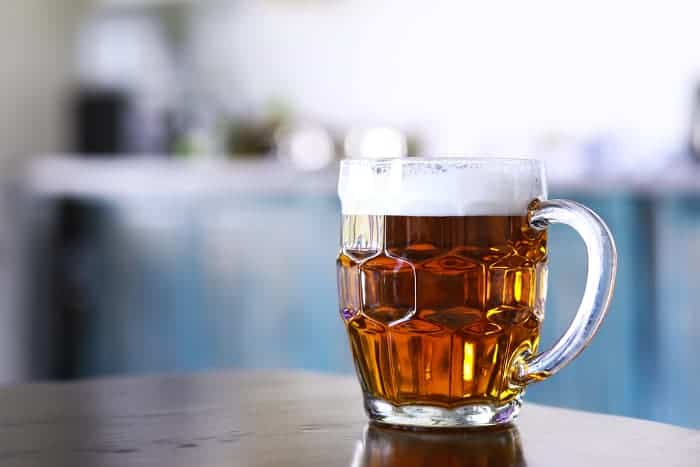
If you’re curious and want to learn more about Scottish ales, how they’re made, and their origins, you’ve come to the right place.
What Exactly is a Scottish Ale?
Scottish ale describes a fairly broad category of ales, but they all stem from Scottish recipes and traditions. In most cases, however, Scottish ales are somewhat of a lighter beer with relatively low alcohol content. Historically, they were denoted in terms of shillings with numerical names such as 60, 70, 80, and so on.
The numbers referred to how much it costs to purchase a hogshead or large cask of the beer. Naturally, the higher-priced options were usually better, but all forms were popular at one point or another. Scottish ales were never big on hops or bitterness but tended to focus instead on malty flavors. Once again, there are many different Scottish ales and no two ales are exactly the same, but most traditional ales hold true to these principles.
History of Scottish Ale
Brewing in Scotland is nearly as old as the country itself. There are documented stories of breweries going back at least 5,000 years and maybe more. Scottish ales, in the sense that we know them, don’t go back quite so far.
One of the first mentions we have of Scottish ale comes in the form of a true Scottish legend. In the third and fourth centuries AD, one of the more famous Scottish brews was known as Picts. It was so famous, in fact, that an Irish king named Niall of the Nine Hostages invaded the area of Scotland that was known to create this brew known as Picts.
As the story goes, Niall invaded the town, not to conquer it, but to steal away the recipe that the brewers used to create their beer. He ended up conquering the town and destroying it, but failed to get the recipe out of any of the inhabitants who died with their secret. Once again, who knows if this story is completely accurate, but it makes for a great tale!
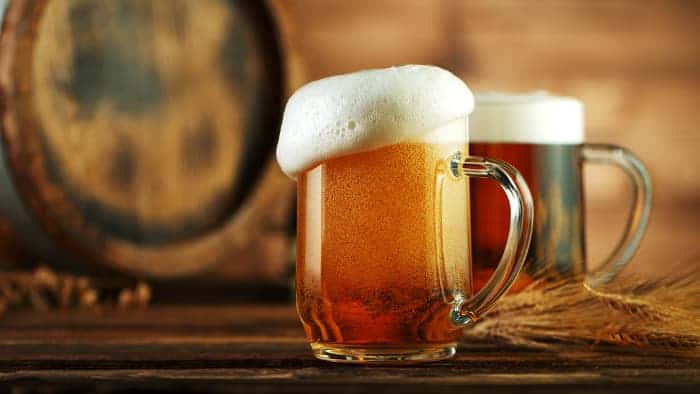
The 1400s On
Starting in the 1400s, the only “commercial” breweries in Scotland were in the form of monasteries. Full-on public breweries didn’t take off until the 1600s and 1700s when Scotland placed a ban on the importation of English beer. The goal was to force the startup of local breweries, and the ploy actually worked.
While Scottish ale has had its ups and downs ever since, the brewing industry in Scotland is as good as it’s ever been. There are now hundreds of breweries all across Scotland, with a heavy focus in major cities such as Glasgow and Edinburgh. Traditional Scottish ales, while still brewed in Scotland, are also brewed in various countries around the world.
Characteristics of a Scottish Ale
Scottish ales consist of most Scottish beer with a schilling classification of under 90. Anything over 90 is typically too high in alcohol content to be termed a Scottish ale, but is rather known as a Wee Heavy or Scotch Ale. While the two brews are very similar, Scottish brewers intentionally put a strict distinction between Scottish ales and Scotch ales.
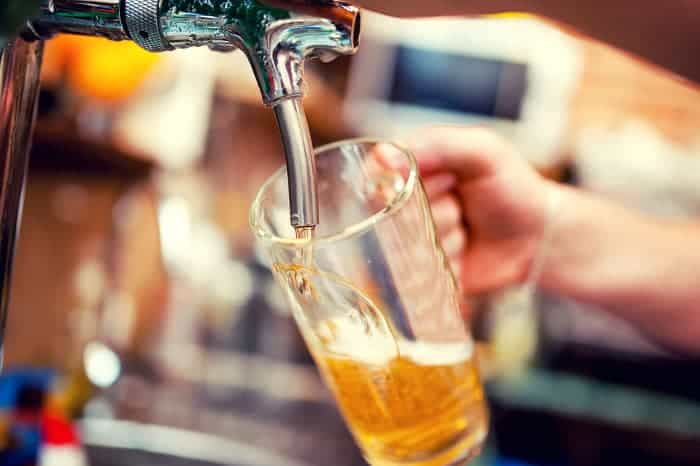
Flavor and Aroma
Scottish ales tend to put a much heavier focus on their malt character than on hops or bitterness. You typically won’t be able to taste any hops at all. You should, however, be able to pick up on caramel or toffee-like flavors and aromas depending on the type of malt that was used.
Malt Character
Malt is the features ingredient of Scottish ales and is what sets the tone of the brew. Flavor options vary from coffee to caramel to butterscotch or even toffee. The malt character can range from dry and grainy to rich and toasty or caramelly. However, the malt character should never be roasty.
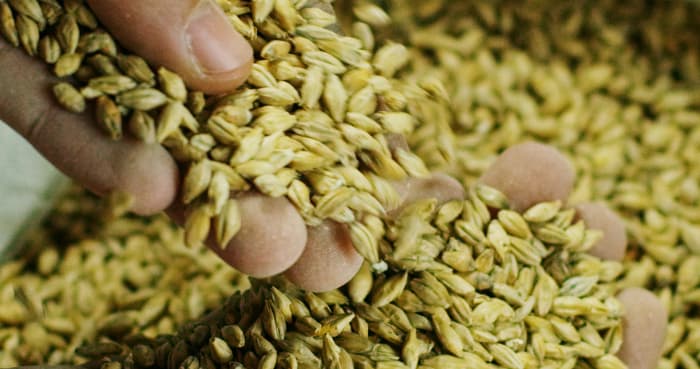
Mouthfeel
Scottish ales have a very interesting mouthfeel that’s usually soft and chewy. Like all beer, there will be slight carbonation, but it typically ranges from light to medium.
Clarity and Color
Scottish ales tend to be on the lighter side of things with very clear clarity. The color itself ranges from light gold to dark brown, depending on the type of malt that is used. Most of these darker ales end up falling into the category of Scotch ale, however, thanks to their higher alcohol content.
Alcohol Content
The alcohol content is the biggest difference and division between Scottish ales and Scotch ales. They often have the same ingredients and are made in the same breweries, but Scottish ales are lighter and easier to drink than Scotch ales. The ABV of a Scottish ale tends to be around 2.5% to 5.5%, with anything over 6% usually being classified as a Scotch ale.
Food Pairings With a Scottish Ale
Scottish ales are the perfect beer to pair with a wide variety of meats, cheeses, and desserts. It combines very well with anything from chicken to lamb to red meats. Scottish ales also go well with snacks such as chips or pretzels and even creamy desserts or fruits. It’s flexibility and compatibility with a wide range of foods is partially what made Scottish ales so popular.

What are the Ingredients in a Scottish Ale?
Let’s go over some of the main ingredients of a traditional and modern Scottish ale.
Hops
Local hops are used sparingly in Scottish ales, such as the Kent Golding hop variety.
Malt
Malt is the focal point of Scottish ales. British Pale Ale, Crystal, Honey, Pale Chocolate, Munich, Caramel, Coffee, and even Roasted Barley malts are utilized.
Water
High carbonated water is typically used.
Yeast
Scottish ales are fermented and brewed with ale yeast.
Phenols
You should expect phenols with a peaty, earthy, or smoky effect.
Where Can I Get a Good Scottish Ale?
Whether you’re in Scotland, here in the states, or many other parts of the world, there’s a good chance that you’re close to a Scottish Ale. There are a number of commercial and microbrewery examples and options to choose from.
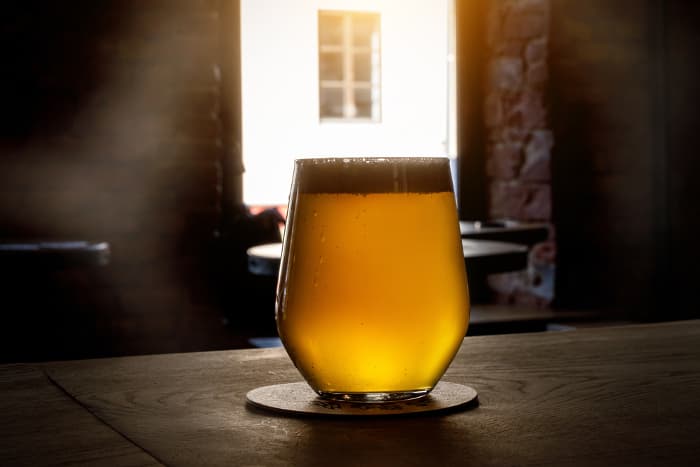
- Robert the Bruce – 3 Floyd’s Brewing Company
- Scottish Ale – Belhaven Brewing Company
- 90 Schilling – Odell Brewing Company
- Dark Island – Orkney Brewery
- Scottish Ale – Campbell Brewing Company
- Taildragger Clan-Destine – Saddle Mountain Brewing Company
- Jolly Scot Scottish Ale – Appalachian Brewing Company
- Stone’s Throw Scottish Ale – Fargo Brewing Company
Can I Brew My Own Scottish Ale at Home?
As far as home brewing goes, Scotch ales are more popular than Scottish ales, most likely because they’re stronger and will get you loopy in a hurry. However, if you get ahold of the ingredients listed above, find a solid recipe, and have all the brewing tools necessary, there’s no reason why you can’t brew your own Scottish ale at home.
Conclusion
In terms of historical significance to the foundation of a country, there are few beer styles as important as Scottish ales. If the legends are true, then wars have been fought, bans have been placed, and lives have been lost in the name of producing it. Even if the stories aren’t all true, they make for great listening material while sipping on a legendary Scottish ale.
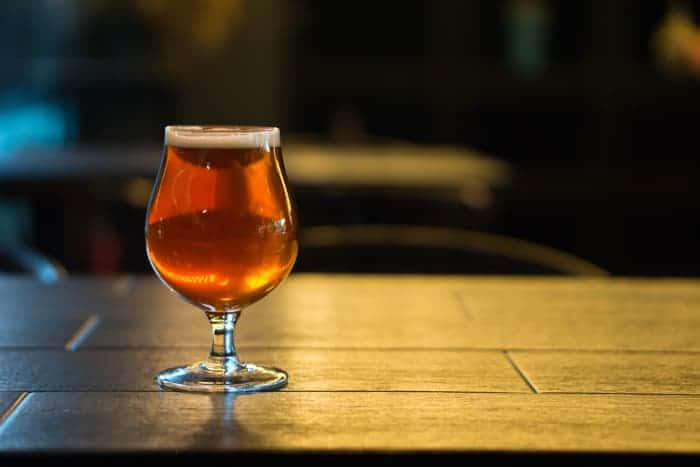
Besides Scottish Ale, there are all kinds of lesser-known, but equally amazing, beer styles in the world. To learn about some of them, read our beer styles blog posts to find a new kind of beer to try.
